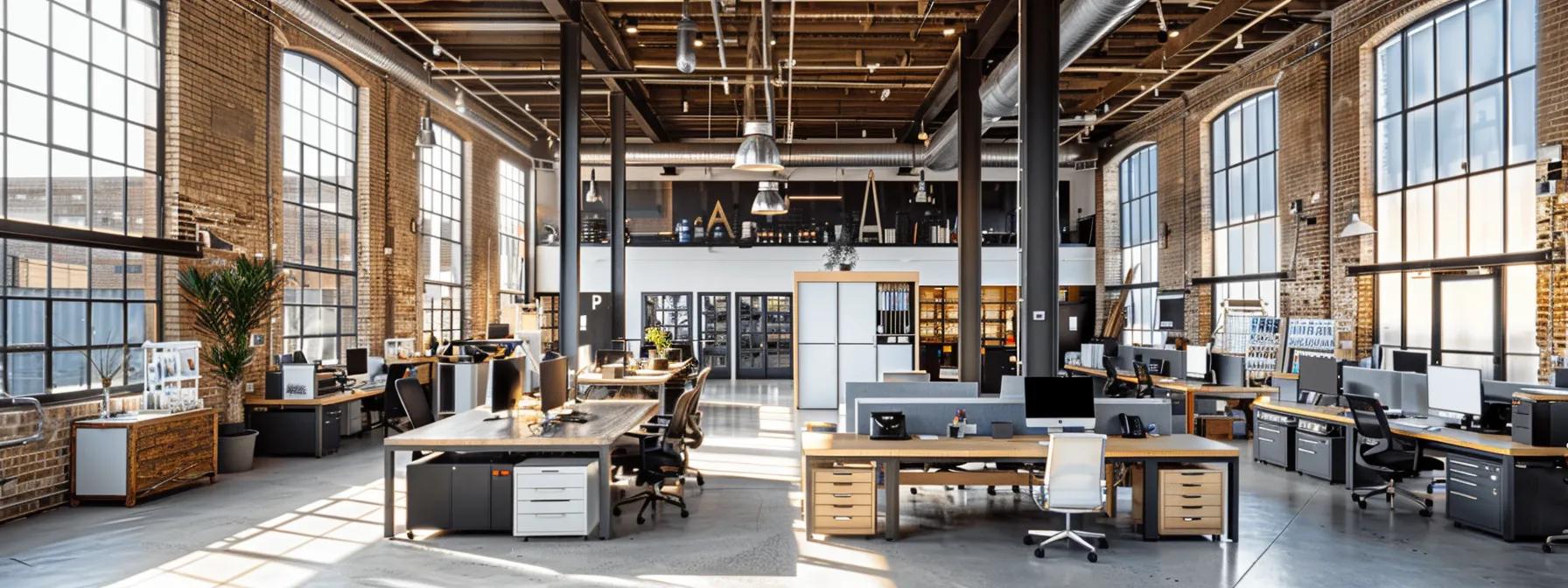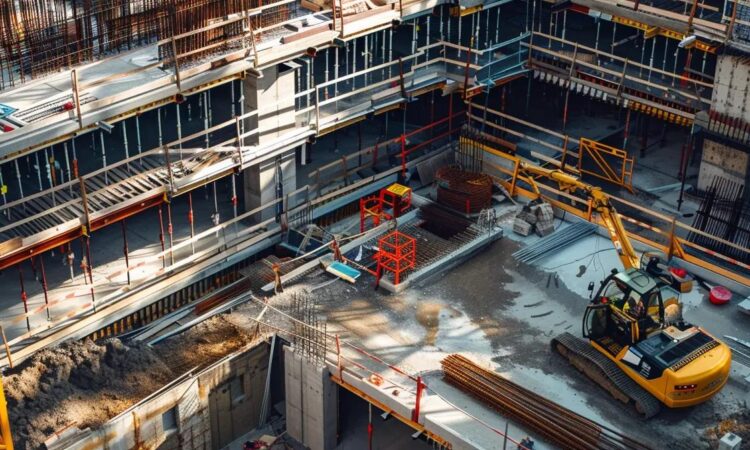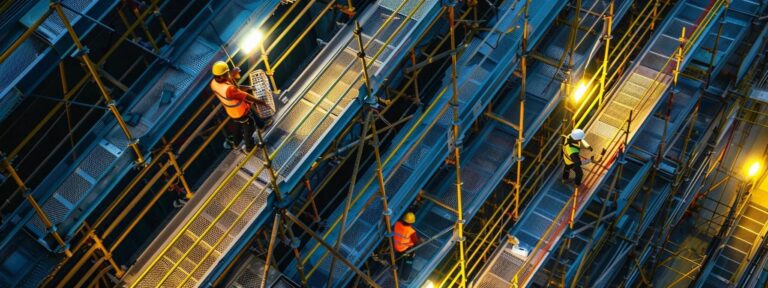Cable Based Horizontal Lifeline Systems
Cable based horizontal lifeline systems are engineered safety solutions designed to protect workers at heights. Integrated with a thorough design installation approach, these systems benefit from robust annual maintenance practices that ensure long-term safety and performance. They consist of cables, anchors, and various fall arrest components that provide a secure connection between the worker and a support system. To learn more about our expertise, please visit our about-us page and explore additional resources at usfallprotection. By transferring falling forces along the cable, these systems minimize impact forces and reduce injury risk, while meeting strict regulatory standards such as OSHA and ANSI.
Defining Cable Based Horizontal Lifeline Functionality
Horizontal lifeline systems extend across work areas to provide fall arrest protection while allowing mobility. Their main function is to transfer the energy of a fall to specially designed anchors that spread out deceleration forces, supporting a robust design installation and scheduled annual maintenance. In practice, these systems are used on rooftops, bridges, and loading docks – a focus area outlined in the industries we serve – where mobility coupled with protection is essential. For further assistance, please get a free quote.
Core Components of Cable Horizontal Lifeline Systems
The key components include the cable itself, anchorage points, connectors (such as shock absorbers, lanyards, and ladder systems), and energy absorbers. The cables are typically made of stainless steel or high-tensile synthetic materials to resist abrasion and degradation. For optimal performance, annual maintenance and careful design installation are essential when working with these systems. Rigid or temporary anchorage systems secure the cable under dynamic loads, while connectors and shock absorbers reduce the force experienced by the worker during a fall.
Mechanisms of Fall Arrest in Cable Systems
Fall arrest in these systems is achieved by dissipating the kinetic energy generated in a fall. For optimal design installation, upon impact, an energy absorber, such as a shock-absorbing lanyard, engages immediately and elongates to extend the arrest time, reducing peak forces. This flexible cable system, used extensively in industries we serve, spreads the forces along its length, which has been shown to reduce peak fall forces to below 6 kN, thus minimizing potential injuries. Emphasizing usfallprotection, our approach ensures safety remains paramount.
Standards Governing Cable Based Lifeline Design
Regulatory bodies like OSHA, ANSI, and the European Committee for Standardization (CEN) set guidelines for horizontal lifeline systems that benefit industries we serve. Standards, such as ANSI Z359.1, require rigorous testing for material strength, dynamic load capacity, durability, and design installation measures. Compliance with these standards, along with routine annual maintenance, ensures that cable systems reliably protect workers over their service life while enhancing usfallprotection in high-risk environments.
Typical Applications for Cable Lifeline Installations
Cable lifeline systems are used in many industries where work at heights is frequent, including industries we serve. Common applications include roofing operations, bridge maintenance, industrial scaffolding, ladder systems, and deck installations. They are essential in temporary setups that require rapid deployment with design installation expertise, and are also used in retrofit projects where rigid guardrail-systems cannot be installed due to structural limitations.
Advantages of Flex Cable Fall Protection Systems

Flex cable fall protection systems, commonly integrated with ladder systems, are popular due to their versatility, durability, and ease of installation via design installation methods. They offer workers greater freedom of movement compared to rigid systems, while also withstanding environmental factors such as UV exposure, corrosion, and the rigors of annual maintenance. For further insights and updates on usfallprotection, please visit our blog.
Increased Versatility With Flexible Cable Solutions
Flexible cable systems can be routed along curved surfaces or around obstacles, making them ideal for irregular or confined workspaces. For example, at historical buildings, flex cables can be custom-designed to follow existing architectural lines, merging modern safety with traditional aesthetics.
Durability Aspects of Modern Flex Cable Materials
Modern flex cables use advanced materials like high-modulus polyethylene and stainless steel alloys. These materials resist wear, chemical exposure, and temperature changes, maintaining tensile strength and flexibility even after prolonged use. This durability reduces the need for frequent maintenance and supports long-term safety.
User Mobility Along Flex Cable Fall Protection Lines
The flexible nature of these cables allows workers to move laterally while staying connected to the system. This mobility is particularly important in large, dynamic work environments where uninterrupted operation leads to greater productivity and efficiency.
Reduced Structural Impact With Flex Cable Systems
Thanks to their low-profile design, flex cable systems require minimal anchorage and impose low loads on existing structures. This makes them ideal for retrofit installations where altering the structure significantly is not feasible, ensuring both safety and preservation of aesthetics.
Cost Effectiveness of Flex Cable System Options
Flex cable systems typically have lower installation and maintenance costs when compared to rigid rail systems. Their efficiency and long-term durability contribute to lower overall expenses, making them a cost-effective choice for employers while also reducing potential injuries and associated workers’ compensation costs.
How Flex Cable Fall Protection Systems Augment Temporary Safety Measures
In temporary work environments, ensuring fall protection quickly and effectively is vital. Flex cable systems excel in these settings because they can be rapidly deployed and easily adapted to short-term project needs.
Rapid Deployment of Temporary Fall Protection Systems Using Flex Cables
Due to their lightweight, modular components, flex cable systems can be installed in hours rather than days. This rapid setup is especially crucial during emergencies or on projects with tight deadlines, ensuring worker safety without long installation periods.
Adaptability of Flex Cable Systems to Varied Temporary Work Sites
Flex cables are highly adaptable and can be adjusted to accommodate uneven terrains or confined spaces. This flexibility allows contractors to optimize safe work zones even in areas lacking permanent infrastructure, which proves critical during seasonal or one-off projects.
Ensuring Worker Safety in Short-Term Elevated Work Scenarios
For short-term elevated work, such as temporary scaffolds or maintenance platforms, flex cable systems provide continuous fall arrest protection. They integrate well with temporary structures and consistently reduce fall risks, ensuring that safety standards are maintained even during transient operations.
Streamlined Removal and Relocation of Temporary Flex Cable Setups
After project completion, flex cable systems can be quickly dismantled without significant modifications to the structure. This ease of removal, combined with component recyclability, allows for efficient relocation to new sites and contributes to sustainable safety practices.
Flex Cable Solutions for Dynamic Construction Environments
In dynamic construction settings, where work zones frequently change, flex cable systems offer reliable and continuous protection. Their ability to conform to various geometries supports multiple concurrent work areas, aiding in complex scheduling and maintaining high productivity.
Comparing Cable Lifelines With Rail Fall Protection Systems

Understanding differences between cable lifelines and rail systems is key when selecting fall protection. While both systems arrest falls, they differ in installation, maintenance, flexibility, and cost.
Differences in Installation Requirements Cable Versus Rail Systems
Cable lifeline systems are generally easier and faster to install, as they require fewer fixed anchor points and can follow non-linear paths. Rail systems demand precise alignment and integration, making them more time-intensive and less adaptable in dynamic settings.
Maintenance Needs of Cable Systems Compared to Rail Fall Protection
Cable systems usually require less frequent maintenance compared to rail systems. Their components are designed to resist environmental wear, reducing routine inspections. In contrast, rail systems, with their rigid parts, often need more regular maintenance due to wear at connection points.
Flexibility and Path Customization Cable and Rail Systems
Cable lifelines offer high flexibility, allowing custom routing over irregular surfaces. Rail solutions, however, follow fixed paths that can limit worker mobility. For temporary or irregular layouts, the adaptability of cable systems is a significant advantage.
Suitability for Multi-User Scenarios Cable and Rail Options
In open platforms with multiple simultaneous users, cable systems can accommodate more people by providing multiple connection points along a continuous cable. Rail systems may require additional components to serve large groups effectively.
Cost Implications of Rail Fall Protection Systems Versus Cable Solutions
Cable lifeline systems are generally more cost-effective overall. Their simpler installation and lower maintenance requirements can result in savings of 25–40% compared to rail systems, making them particularly attractive for businesses with temporary or multiple work sites.
Implementing Effective Temporary Fall Protection Systems
A successful temporary fall protection system requires careful planning, appropriate component selection, and proper user training to ensure safety equivalent to permanent installations.
Site Assessment for Temporary Fall Protection Needs
The first step is a thorough site assessment to evaluate potential fall hazards, load distribution, and structural conditions. Identifying optimal anchor locations and determining the cable system’s required strength are crucial steps to design an effective safety plan.
Selecting Appropriate Temporary System Components
Choosing components based on load capacity, environmental factors, and ease of installation is essential. High-quality cables, versatile anchorage kits, and reliable shock absorbers that meet safety standards work together to form an effective temporary fall protection system.
Proper Anchoring Techniques for Temporary Lifelines
Effective anchoring is vital for temporary systems. Using non-penetrating roof anchors or structural clamps that do not damage surfaces ensures stability. Multiple anchor points help distribute forces evenly, securing the lifeline during dynamic events.
Training Workers on Safe Use of Temporary Fall Protection
Proper training is critical. Workers must learn safe practices, including proper tie-off procedures and system limitations, through hands-on demonstrations and regulatory instruction. This training minimizes the risk of misuse and enhances overall workplace safety.
Inspection Protocols for Temporary Fall Protection Systems
Regular inspections of all components—cables, anchors, and connectors—are essential. A documented checklist can help identify wear, corrosion, or damage early, ensuring the system remains effective in dynamic environments where conditions may change rapidly.
Key Selection Criteria for Your Cable Based Horizontal Lifeline

Selecting the right horizontal lifeline system involves several key criteria: span lengths, support structure capacity, environmental conditions, expected user traffic, and integration with personal protective equipment (PPE). These factors ensure the system meets regulatory guidelines and practical worksite needs.
Assessing Span Lengths and Support Structure Capacity
Designs must account for long spans by ensuring cables retain optimal tension without sagging. Engineers calculate load distribution considering both static and dynamic forces, and support structures—whether permanent or temporary—must handle these loads reliably.
Evaluating Environmental Conditions for Material Selection
Temperature variations, humidity, UV exposure, and chemicals influence material choices. For example, stainless steel cables are preferred in corrosive settings, while synthetic fibers may be used in milder environments. Selecting the proper material helps ensure durability and reduces maintenance.
Number of Users and Frequency of Access
Systems must be designed for the expected number of users. High-traffic areas require robust load-sharing and possibly additional anchors to manage repetitive stress and prevent fatigue of the system components.
Integration With Other Personal Protective Equipment
Effective lifeline systems integrate seamlessly with other PPE such as harnesses, carabiners, energy absorbers, and self-retracting devices. This integration ensures that energy from a fall is distributed across multiple safety devices, enhancing overall protection.
Adherence to Regulatory Compliance for Fall Safety
Finally, ensuring compliance with OSHA, ANSI, and local safety regulations is critical. Certification, routine audits, and proper documentation verify that the system meets safety standards and performs reliably under expected dynamic loads.
Detailed Comparison Table: Cable Lifeline vs. Rail Fall Protection Systems
Before summarizing, the comparison below outlines key features:
| Feature | Cable Lifeline Systems | Rail Fall Protection Systems |
|---|---|---|
| Installation | Quick deployment; adaptable to non-linear paths | Requires fixed alignment and precise installation |
| Maintenance | Fewer inspections; durable materials | Requires more frequent inspections |
| Flexibility | High mobility; custom routing possible | Fixed path; limited mobility |
| Load Distribution | Distributes forces along entire cable | Concentrates load at specific anchors |
| Cost | 25–40% lower installation and maintenance costs | Higher installation and maintenance expenses |
| User Suitability | Ideal for high-traffic and temporary setups | Suited for permanent, static environments |
Cable lifeline systems are more flexible and cost efficient, making them better suited for dynamic and temporary applications, whereas rail systems work best for fixed, predictable environments.
Frequently Asked Questions
Q: What defines a cable based horizontal lifeline system?
A: A fall protection system that uses a flexible cable and anchorage points to arrest falls and protect workers at heights.
Q: How does the energy absorption mechanism work in these systems?
A: The system uses shock absorbers and flexible cables to dissipate fall energy over time, reducing the peak force on the worker.
Q: Why are flex cable systems preferred for temporary installations?
A: They can be rapidly deployed, easily removed, and adapted to non-standard work surfaces, making them ideal for changing worksite conditions.
Q: How do environmental factors influence material selection for lifelines?
A: Materials are chosen based on their resistance to corrosion, UV exposure, and weather extremes, ensuring reliability and longevity.
Q: Can cable systems be integrated with other forms of PPE?
A: Yes, they are designed to work with harnesses, lanyards, carabiners, and self-retracting devices for comprehensive fall protection.
Q: What regulatory standards must these systems comply with?
A: They must adhere to OSHA, ANSI, and local safety guidelines to ensure that design, installation, and performance meet required standards.
Final Thoughts
Cable based horizontal lifeline systems are essential in modern fall protection. Their robust design, dynamic energy absorption, and flexibility make them suitable for a variety of work environments, from temporary installations to retrofit projects. By carefully selecting components based on span, load, environmental conditions, and integration with PPE—and ensuring regulatory compliance—these systems provide effective and cost-efficient protection. As materials and technology continue to advance, cable systems will remain at the forefront of safe and flexible fall protection solutions in high-risk industries.




